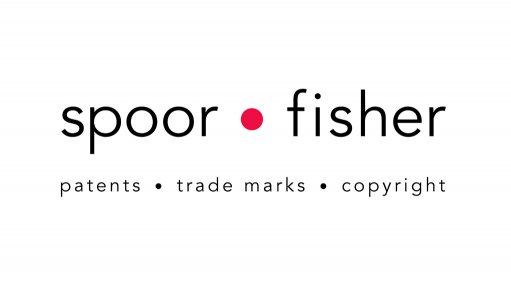
At yesterday evening’s Café Scientifique, hosted by the Research Contracts and Innovation Department at the University of Cape Town and supported by leading intellectual property law firm Spoor & Fisher, internationally renowned and celebrated paediatric neurosurgeon Dr Llewellyn Padayachy introduced and described a novel diagnostic method which uses the eye as a window to the brain.
Previously, the diagnosis of hydrocephalus and other causes of raised pressure in the brain involved drilling a hole in the skull in order to measure this pressure. This invasive and expensive method however, comes with the risk of infection and bleeding. Assessing pressure inside the brain is a vital part of diagnosing certain neurosurgical conditions including brain tumours, cranial deformities, traumatic brain injury and infection.
The eye with its natural connection to the brain delivers essential visual information but can also be used to extract information from the brain, the audience heard.
Motivated by the case of a particularly special little kid, which Dr Padayachy says, “would’ve made him happier if diagnosed earlier,” the team started pushing the boundaries of what traditional ultrasound imaging technology could achieve.
“Once you understand the relationship between the eye and the brain, you can then find ways “see” what you want. It’s not science fiction, the idea of using the eye as the window to the soul can in fact be traced all the way back to the biblical era, with some references even predating the Bible,” adds Dr Padayachy.
While accurate data regarding the number of hydrocephalus cases on the African continent is sparse, conservative estimates put it at some 100,000 cases annually. In the US, it affects approximately 1-million people in every stage of life, from infants to the elderly and is said to be as common as Down’s syndrome and more common than spina bifida or brain tumours (Hydrocephalus Association).
“Sadly, it is also the most common indication for brain surgery in children. Over the past few decades, there have been limited significant advances in the treatment of hydrocephalus, hence it is imperative that these cases are detected early,” says Dr Padayachy.
The world class scientific team from Norway and South Africa working on this development realised the potential of traditional static ultrasound assessment of the eye as a non-invasive method for detecting raised pressure in the brain, but also identified the shortcomings in its diagnostic accuracy. They knew that advancing the current static imaging method was going to be the magic bullet.
Their novel technique not only improves accuracy by analysing the dynamic properties of the back of the eye as a marker of pressure in the brain, but perhaps more importantly simplifies the acquisition process so it can be performed at a very basic healthcare level.
According to Dr Padayachy, the eye is directly linked to the brain by the optic nerve which sits at the back of the eyeball. The optic nerve sheath is a balloon-shaped structure. As pressure in the brain builds up, fluid from the brain is forced along this sheath. It dilates this sheath in the same way that a balloon is inflated.
“We figured that if this sheath appeared “stretched” when we compared it to other clinical and imaging markers, then this information could be really useful.”
The irony of ultrasound and its widespread use today lies in one of history’s greatest tragedies. Physicist Paul Langevin was commissioned to create a device that would detect objects found on the bottom of the ocean, but only after the sinking of the Titanic. He ended up inventing a hydrophone, which was referred to as the “first transducer.”
Another ironic fact considering that the roots of this invention lie in trying to alleviate avoidable suffering in impoverished children, is that it remains equally relevant as a diagnostic tool in space travel, possibly even in the expedition to Mars.
“Sophisticated, innovative technologies underpin modern medicine, and developing societies like ours need organisations and innovators to invest time and money. Intellectual property plays a key role in commercialisation, and the competitive protection it affords allows institutions like UCT to commit talent and money to develop new cures or new technologies,” says Dirk Hanekom, Partner at Spoor & Fisher.
“Café Scientifique’s lively discussions contribute to delicately balancing the dialogue on protecting innovations and the risks and rewards of IP systems.”
Submitted by Spoor & Fisher